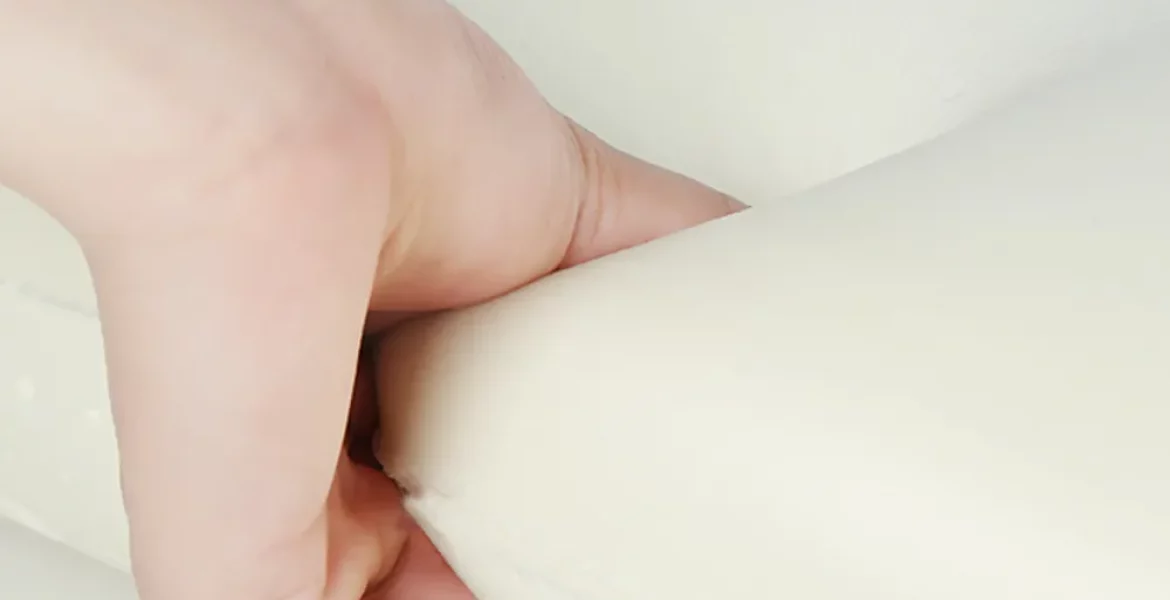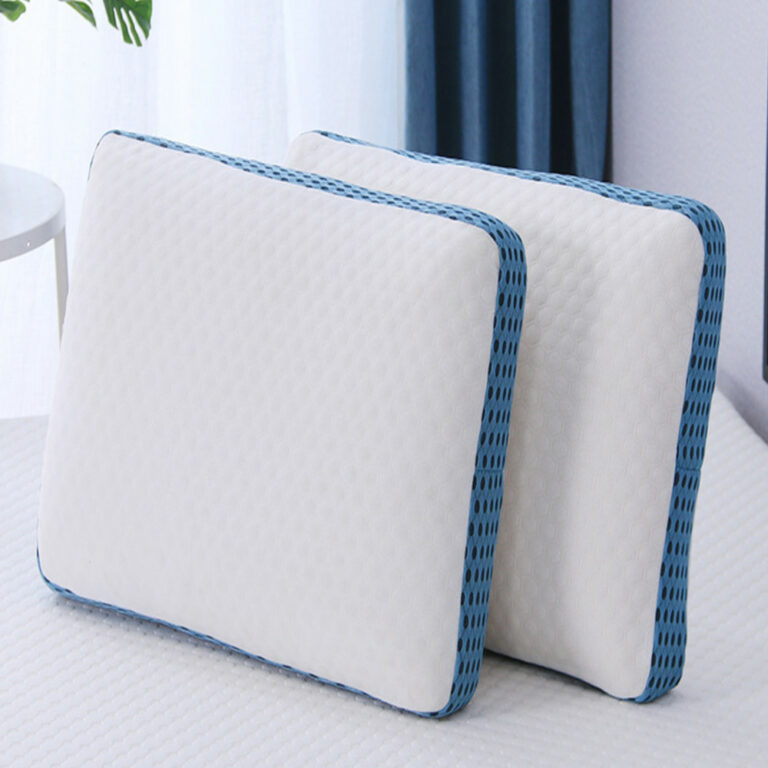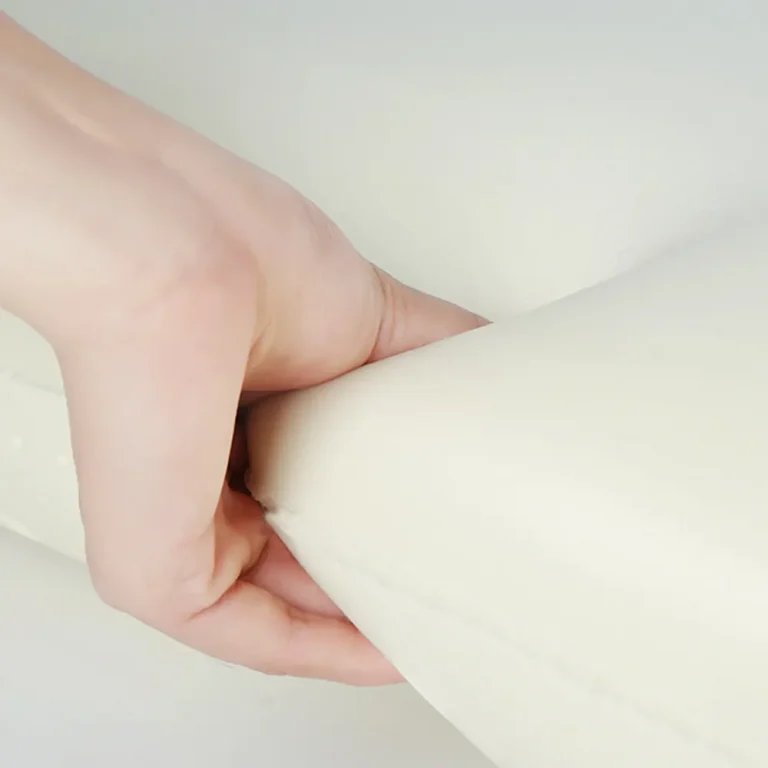Have you ever noticed that your memory foam pillow or mattress feels firmer in winter and softer in summer? This intriguing phenomenon is not just a figment of your imagination; it’s a real effect caused by the temperature-sensitive properties of memory foam. In this article, we’ll explore the science behind this unique material, helping you understand why it behaves differently with seasonal temperature changes.
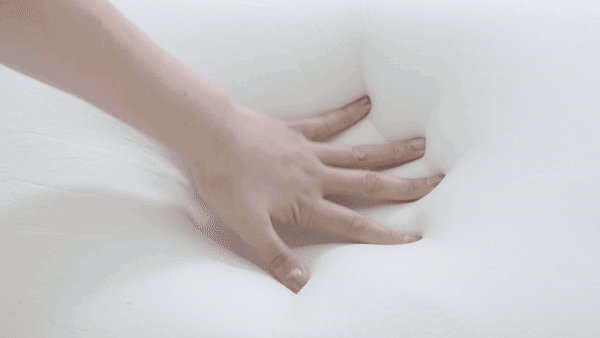

The Science of Memory Foam: A Brief Overview
Understanding the Composition of Memory Foam
Memory foam, also known as viscoelastic foam, is a type of polyurethane foam that includes additional chemicals to enhance its viscosity and density. It’s a material that’s widely known for its ability to conform to the shape of the body, providing excellent support and comfort.
The Role of Temperature Sensitivity in Memory Foam’s Behavior
One of the key characteristics of memory foam is its temperature sensitivity. This feature is what allows the foam to mold to your body in response to heat and pressure, offering a unique sleeping experience.
The Impact of Temperature on Memory Foam
1. Memory Foam in Winter: Why Does It Feel Harder?
a. The Effect of Cold Temperatures on Foam Structure
In colder temperatures, the foam becomes firmer as the materials inside it lose their flexibility. This rigidity can sometimes lead to a less comfortable experience, as the foam does not conform as easily to the shape of the body.
b. Understanding the Slow Response Time in Cold
The response time of memory foam—how quickly it molds to your body—also slows down in colder temperatures. This means it takes longer for the foam to adjust to your body shape.
2. Memory Foam in Summer: How Does Heat Make It Softer?
a. The Influence of Warm Temperatures on Foam Softness
In contrast, warmer temperatures make the foam softer and more pliable. This increased softness allows the foam to contour more quickly and easily to your body.
b. Faster Response Time in Warm Conditions
In warmer conditions, the foam responds more quickly to pressure and heat, providing immediate comfort and support.
Practical Tips for Dealing with Seasonal Changes in Memory Foam
1. Adjusting Room Temperature for Optimal Comfort
Maintaining a consistent room temperature can help mitigate the effects of seasonal temperature changes on your memory foam products. Aim for a comfortable, moderate temperature in your living spaces.
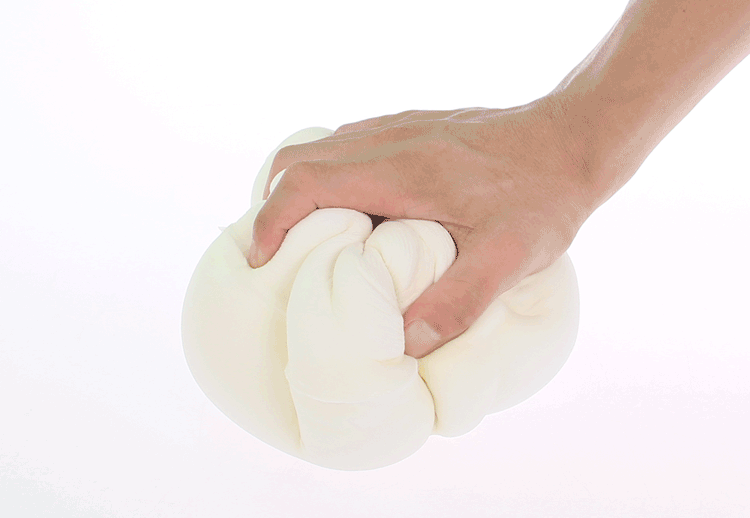

2. Using Mattress Toppers and Covers for Additional Comfort
In colder months, a mattress topper can add an extra layer of warmth and comfort, reducing the firmness of your memory foam mattress. Similarly, in summer, breathable covers can help manage the increased softness and provide a cooler sleeping surface.
Advantages and Disadvantages of Memory Foam’s Temperature Sensitivity
1. The Benefits: Enhanced Comfort and Support
The ability of memory foam to adjust to your body shape and temperature offers unparalleled comfort and support, potentially improving sleep quality and reducing pain and discomfort.
2. The Drawbacks: Seasonal Adjustments Required
However, the need to adjust to the changing firmness of memory foam with the seasons can be a disadvantage for some users, requiring additional considerations for year-round comfort.
Summary
In summary, the temperature sensitivity of memory foam is both a unique feature and a challenge. Understanding why memory foam behaves differently in varying temperatures can help you make informed choices about your bedding and ensure comfort throughout the year.
FAQs
- Why does my memory foam mattress feel harder in winter? In winter, the cold temperature makes memory foam firmer as the materials inside lose flexibility, leading to a harder feel.
- Can I make my memory foam mattress softer in winter? Yes, you can use a mattress topper for additional warmth and comfort, which can help reduce the firmness in colder months.
- Why is my memory foam pillow softer in summer? Warm temperatures make memory foam softer and more pliable, allowing it to contour more quickly to your body.
- Is it normal for memory foam to change firmness with the seasons? Yes, it’s normal due to its temperature-sensitive properties, which cause it to react to different room temperatures.
- Can I regulate the firmness of my memory foam mattress year-round? Maintaining a consistent room temperature and using mattress toppers or breathable covers can help manage the seasonal firmness changes.
